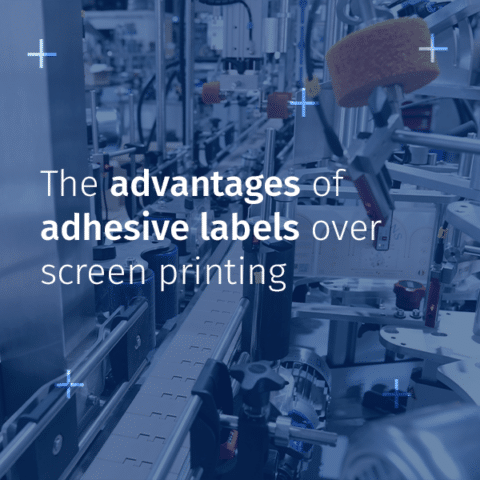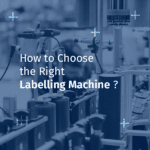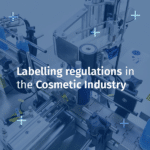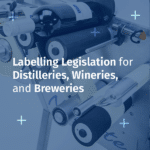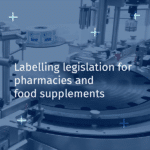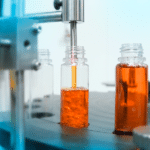When it comes to product identification, there are several options available: direct screen printing or the application of adhesive labels. While screen printing has long been preferred by many companies, adhesive labels have increasingly emerged as a more advantageous solution in recent years. Offering greater flexibility, cost-effectiveness, and superior quality, the benefits are numerous. In this article, we will highlight the advantages of adhesive labeling over screen printing.
A broader visual appeal and functionality
Adhesive labels provide a high level of design freedom. Thanks to modern printing techniques, they can reproduce fine details, vibrant colours, and even special effects such as gradients, gilding, or transparency effects.
We have had the opportunity to work on high-end projects using materials like tin-coated paper, poplar wood, and thick, textured papers, all of which provide a premium finish and a true visual identity for the product. This level of detail, including relief and material effects, can only be achieved with adhesive labelling.
Another significant advantage, particularly in the cosmetic sector, is the ability to incorporate booklet labels. These labels are popular for small containers (where space is limited) that have stringent regulatory requirements and thus require a significant amount of information to be displayed.
Adhesive labelling, therefore, offers a much broader range of possibilities compared to screen printing, in terms of materials, textures, and functionalities.
A more economical and flexible solution
Screen printing requires specific equipment, tailored inks, and lengthy preparation steps (frame creation, cleaning, drying). These constraints lead to higher costs, particularly for small to medium-sized runs, which can inflate production costs significantly.
Adhesive labels, on the other hand, enable more flexible and cost-effective production. When there are changes in standards, products, or product range extensions (and more), all it takes is to adapt the roll of labels with your printer.
Our adhesive labellers are designed to handle different formats and types of labels, giving our clients better responsiveness and the ability to diversify their product ranges more easily. The idea is that your machine should follow your needs, not the other way around!
For example, the Ninon Mix can handle cylindrical, conical, rectangular, and oval containers while maintaining smooth speeds and precise application.
Simplified stock management
One drawback of screen printing is that it requires large quantities to amortise the production setup costs. This leads to an accumulation of stock, complicating inventory management! The situation becomes even more complex when changes are required in design or regulatory information.
With adhesive labels, it’s possible to print in small batches and quickly modify visuals based on market demands. This solution is therefore ideal for companies wishing to adjust their production without incurring additional costs! Furthermore, adhesive labelling also helps reduce waste, which is an important consideration for businesses focused on their environmental impact.
Essential collaboration for successful labelling
The efficient operation of a labeller relies on effective coordination between the client, the machine manufacturer, and the printer. At CDA, we support our clients to ensure that the choice of label meets both technical constraints and desired outcomes in terms of visual results. We work closely with many printers, enabling us to anticipate any potential constraints.
Thanks to this collaboration, we ensure that your labels are applied seamlessly, with precision and a flawless finish.
Adhesive labelling: a strategic choice for optimised labelling
Adhesive labelling presents numerous advantages over screen printing: it offers better print quality, reduces costs, simplifies stock management, and aligns with a more eco-friendly approach.
If you’re still uncertain, know that CDA offers much more than just labellers. We also provide fillers and cappers, ideal for performing all the secondary packaging operations alongside labelling.
